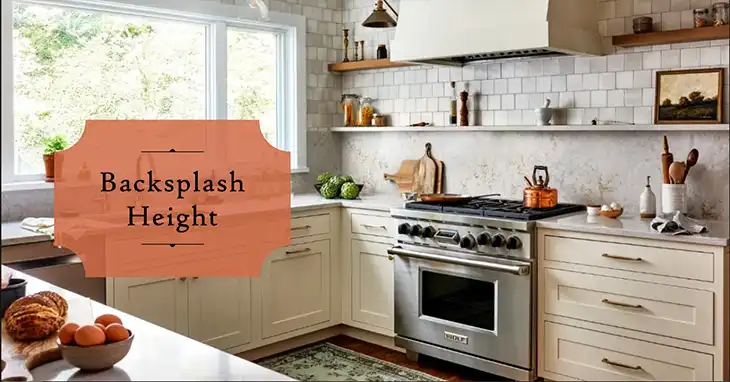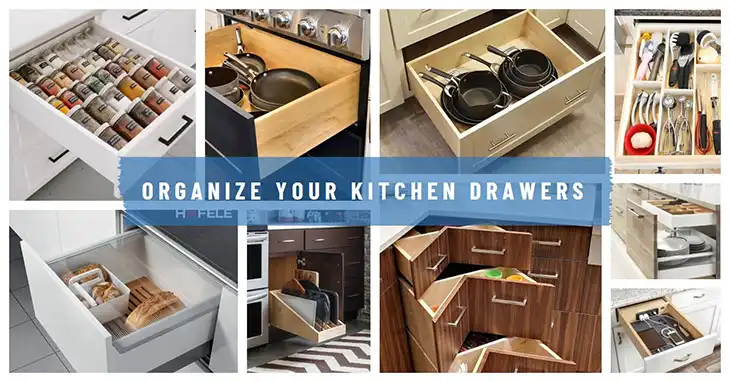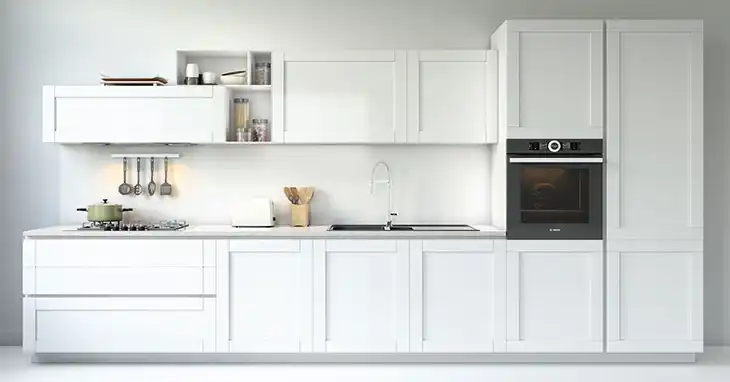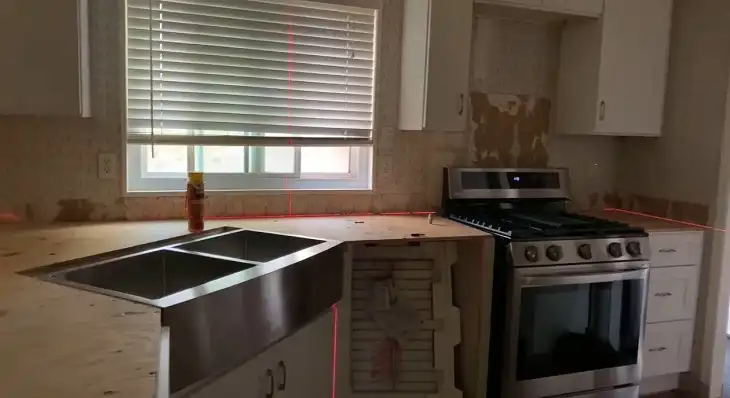How to Measure a Medicine Cabinet | Explained
Having an accurately measured medicine cabinet is crucial for achieving a seamless and functional bathroom design. A well-fitted cabinet not only enhances the aesthetic appeal but also provides ample storage space for your toiletries and medications. Whether you’re considering a recessed or surface-mounted cabinet, precise measurements are the key to ensuring a proper fit and a polished look.
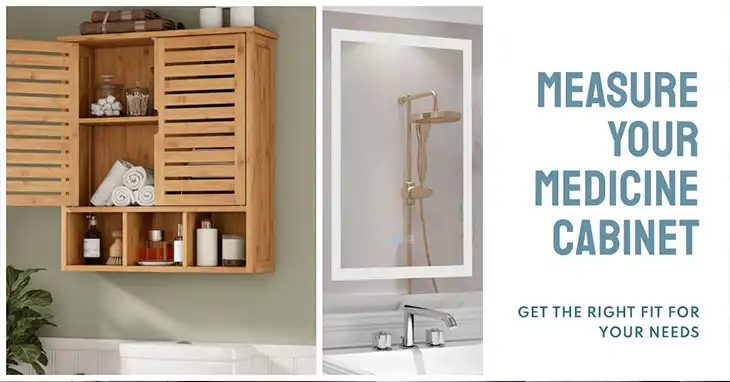
Importance of Accurate Measurements
Accurate measurements are essential for several reasons:
- Aesthetics: A medicine cabinet that is perfectly sized and aligned with the vanity or sink area creates a cohesive and visually appealing bathroom.
- Functionality: Proper measurements ensure that the cabinet door opens and closes smoothly, without obstructions or interference with other fixtures.
- Storage Capacity: Precise measurements allow you to choose a cabinet size that meets your storage needs, whether you need ample space for medications, toiletries, or other bathroom essentials.
Overview of Medicine Cabinet Types
Medicine cabinets come in two main varieties:
- Recessed Medicine Cabinets: These cabinets are installed within the wall cavity, providing a sleek and flush appearance.
- Surface-Mounted Medicine Cabinets: These cabinets are mounted directly on the wall, protruding slightly from the surface.
The measurement process for each type varies slightly, and we’ll cover both in detail throughout this guide.
Tools Necessary to Measure Medicine Cabinet
Before you begin measuring, ensure you have the necessary tools and materials:
- Measuring tape
- Level
- Pencil
- Paper
- Ladder (if needed)
Additionally, clear the intended installation area to ensure unobstructed access and proper lighting for precise measurements.
Measuring for a New Recessed Medicine Cabinet
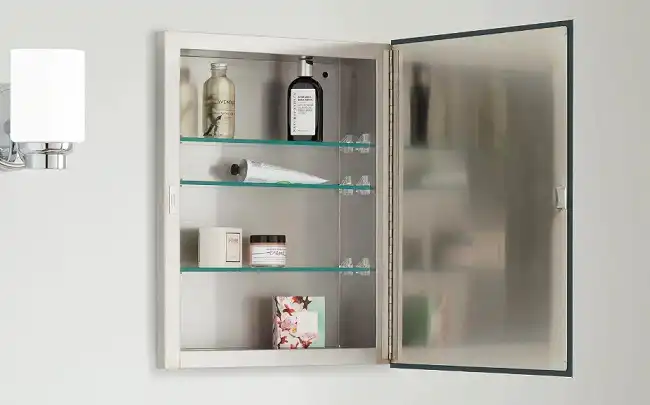
Recessed medicine cabinets require accurate measurements of the wall cavity to ensure a perfect fit. Follow these steps:
Width
- Measure the intended installation space above the vanity or sink.
- Consider the vanity width to achieve a balanced look.
- Check for plumb walls by measuring at the top, middle, and bottom.
Height
- Measure the space between fixtures (lights, faucets) and the intended cabinet top.
- Ensure enough clearance for comfortable use.
Depth
- Measure the desired cabinet depth.
- Discuss standard depth options (3-inch, 5-inch, etc.) with your supplier or contractor.
- Consider your storage capacity needs and wall protrusion preferences.
Door Swing
Measure the clearance needed for the door to fully open without obstructions.
Measuring for a New Surface-Mounted Medicine Cabinet
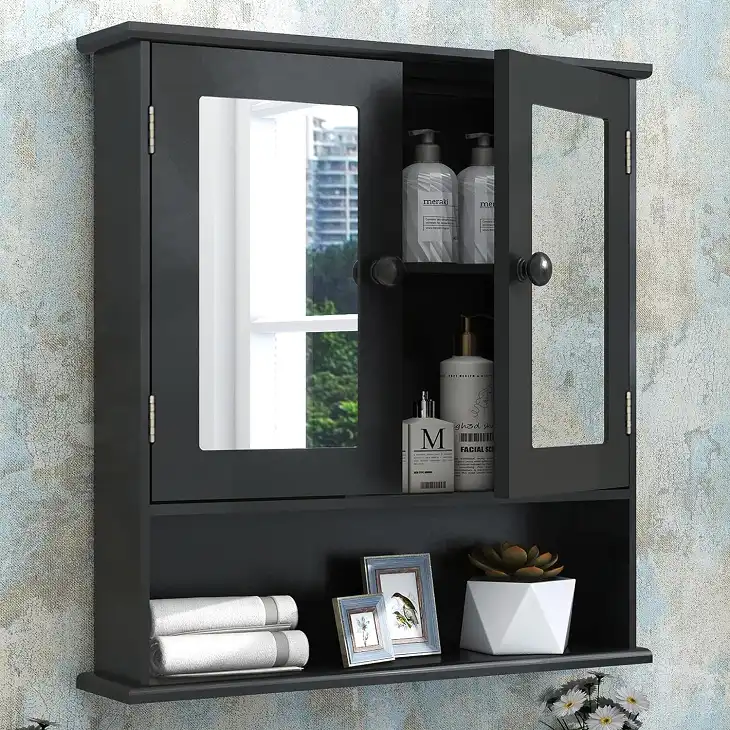
Surface-mounted cabinets require measurements of the available wall space:
- Measure the width, height, and depth of the intended installation area.
- Consider door swing clearance and potential obstructions.
Measuring an Existing Medicine Cabinet for Replacement
If you’re replacing an existing medicine cabinet, follow these steps:
- Turn off the power and check for electrical lines.
- Remove the door and cabinet to access the wall cavity.
- Measure the cavity’s width, height, and depth.
For surface-mounted cabinets, measure the exterior dimensions of the cabinet directly and you are good to go.
Choosing the Right Cabinet Size
When selecting the cabinet size, consider the following factors:
- Assess your storage needs for medications, toiletries, and other bathroom essentials.
- Evaluate the available bathroom space and desired cabinet protrusion (for surface-mounted cabinets).
- Factor in the door style and mirror options, as they can affect the perceived size of the cabinet.
Here’s a table to help you choose the right cabinet size based on your storage needs:
| Storage Needs | Recommended Cabinet Size |
| Basic (few items) | 16″ x 20″ |
| Moderate (toiletries and medications) | 20″ x 26″ |
| Extensive (large families or multiple users) | 24″ x 30″ or larger |
Additional Considerations
- For recessed cabinets, account for wall thickness and stud locations to ensure proper installation.
- Ensure proper clearance from nearby fixtures, such as faucets, towel racks, and other obstructions.
- Plan for future storage needs or potential bathroom expansions when selecting the cabinet size.
Wrapping Up
Accurate measurements are the foundation of a successful medicine cabinet installation. By following the steps outlined in this guide, you’ll be equipped with the knowledge to measure for the perfect cabinet size, ensuring a functional and visually appealing addition to your bathroom.
Remember to double-check all measurements to avoid costly mistakes. Consider your storage needs and future plans when selecting the cabinet size. And always remember to consult professionals for complex installations or electrical work.
With careful planning and precise measurements, you’ll achieve a flawless medicine cabinet installation that enhances the aesthetic appeal and functionality of your bathroom.

